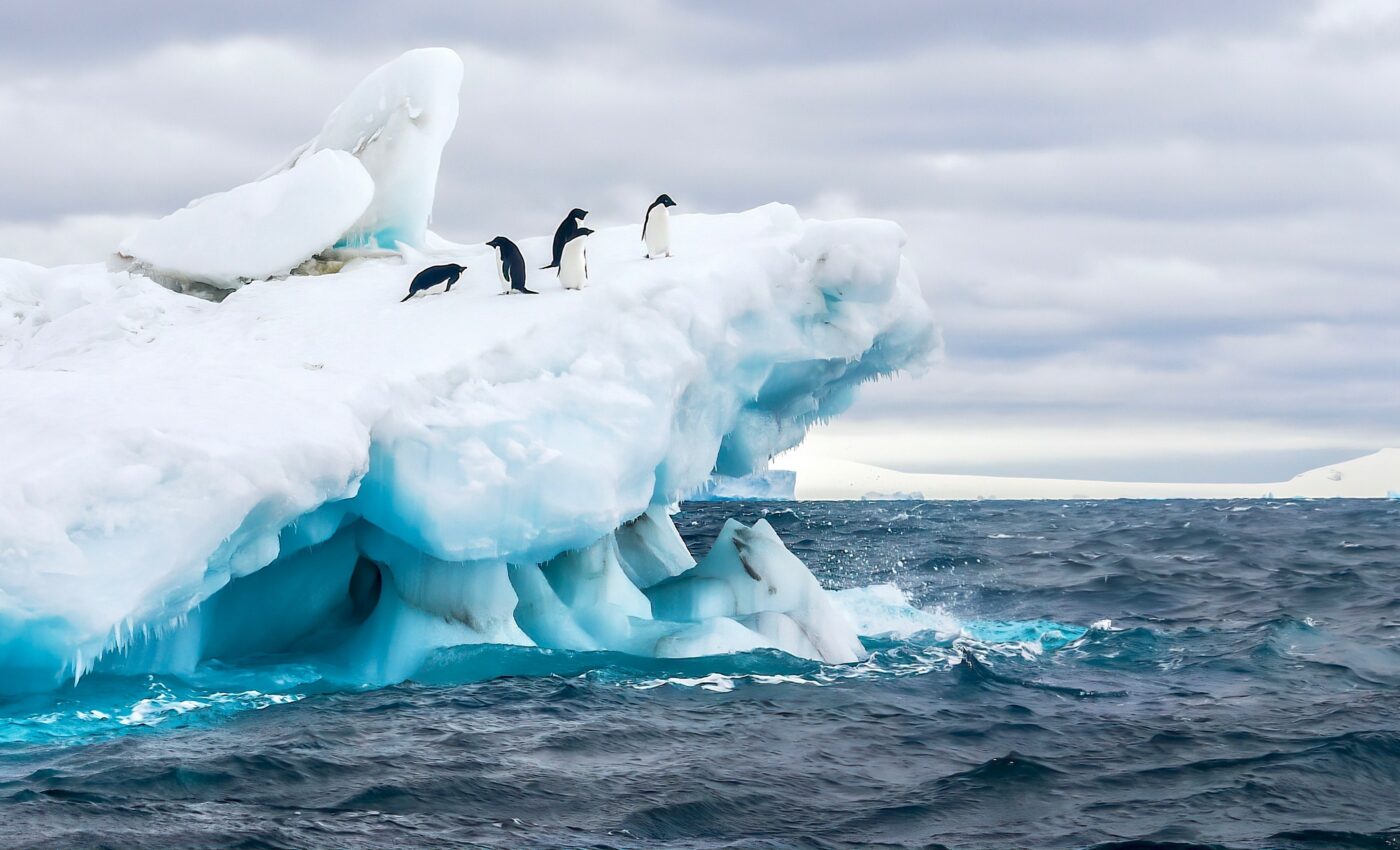
The Southern Ocean is a critically important carbon sink
A new study supported by NASA, NOAA, and the National Science Foundation has confirmed that the Southern Ocean serves as a strong carbon sink, absorbing more carbon from the atmosphere than it releases.
The animation above reveals areas where carbon dioxide was absorbed (blue) and emitted (red) by the ocean in 2012. The data was made available by the ECCO-Darwin Global Ocean Biogeochemistry Model.
Previous studies left some uncertainty as to whether the Southern Ocean absorbs enough carbon to help mitigate greenhouse gas emissions, or if it simply adds to the problem by releasing more carbon dioxide.
According to NASA, computer models suggest that 40 percent of the human-produced carbon dioxide in the ocean worldwide was originally absorbed from the atmosphere into the Southern Ocean, which makes it one of the most important carbon sinks on our planet. However, measuring the exchange of CO2 between the air and the ocean is not an easy task.
“You can’t fool the atmosphere,” said study lead author Matthew Long. “While measurements taken from the ocean surface and from land are important, they are too sparse to provide a reliable picture of air-sea carbon flux. The atmosphere, however, can integrate fluxes over large expanses.”
While many earlier studies examined ocean acidity to measure CO2 levels in the Southern Ocean, the NASA research was focused on aircraft observations captured during three field experiments from 2009 to 2018.
Study lead author Matthew Long is a scientist at the National Center for Atmospheric Research (NCAR).
“Airborne measurements show a drawdown of carbon dioxide in the lower atmosphere over the Southern Ocean surface in summer, indicating carbon uptake by the ocean,” explained Long.
The aircraft observations revealed that “the annual net flux of carbon into the ocean south of 45°S is large, with stronger summertime uptake and less wintertime outgassing than other recent observations have indicated.”
Overall, the scientists found that the Southern Ocean absorbs roughly 530 million metric tons of carbon than it releases each year.
Video Credit: NASA’s Scientific Visualization Studio/ ECCO-Darwin Global Ocean Biogeochemistry Model
–—
By Chrissy Sexton, Earth.com Staff Writer













